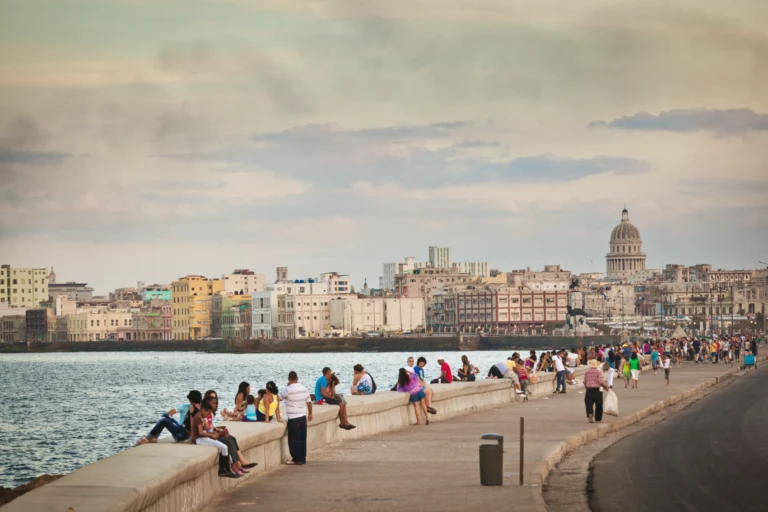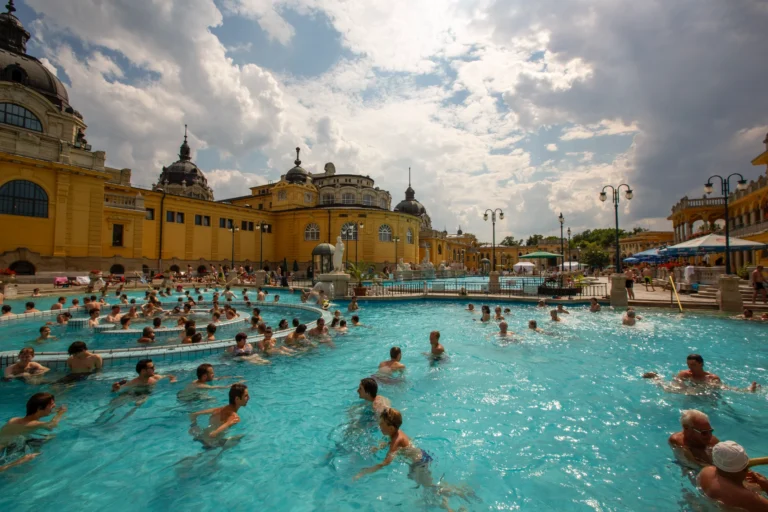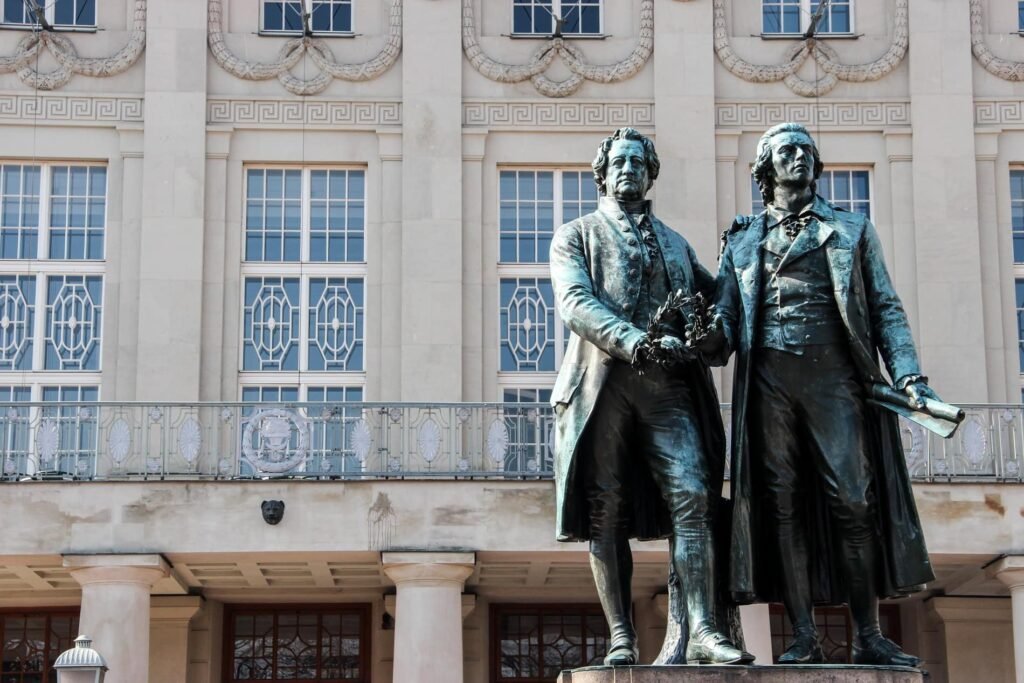
Here’s what to see in Weimar, Germany – a city of rich cultural heritage whose legacy was its downfall during and its saving grace after WWII.
Weimar, Germany, is instantly captivating. A pop-up picture book of classicism and grandeur seeping from every one of its pastel-hued buildings, quaint open squares and magnificent surrounding green parks, this 1000-year-old city certainly holds true to its significance as an artistic and cultural hotspot of the country.
Referenced mostly in relation to its artistic residents, who have bestowed upon it an array of cultural glory, Weimar is known as the home of literary dramatists and poets Goethe and Schiller, composers such as Bach and Liszt, and the founders of the Bauhaus art and architecture movement of progressive design, Van de Velde and Gropius – names immortalised by statues, restored houses, and museums.
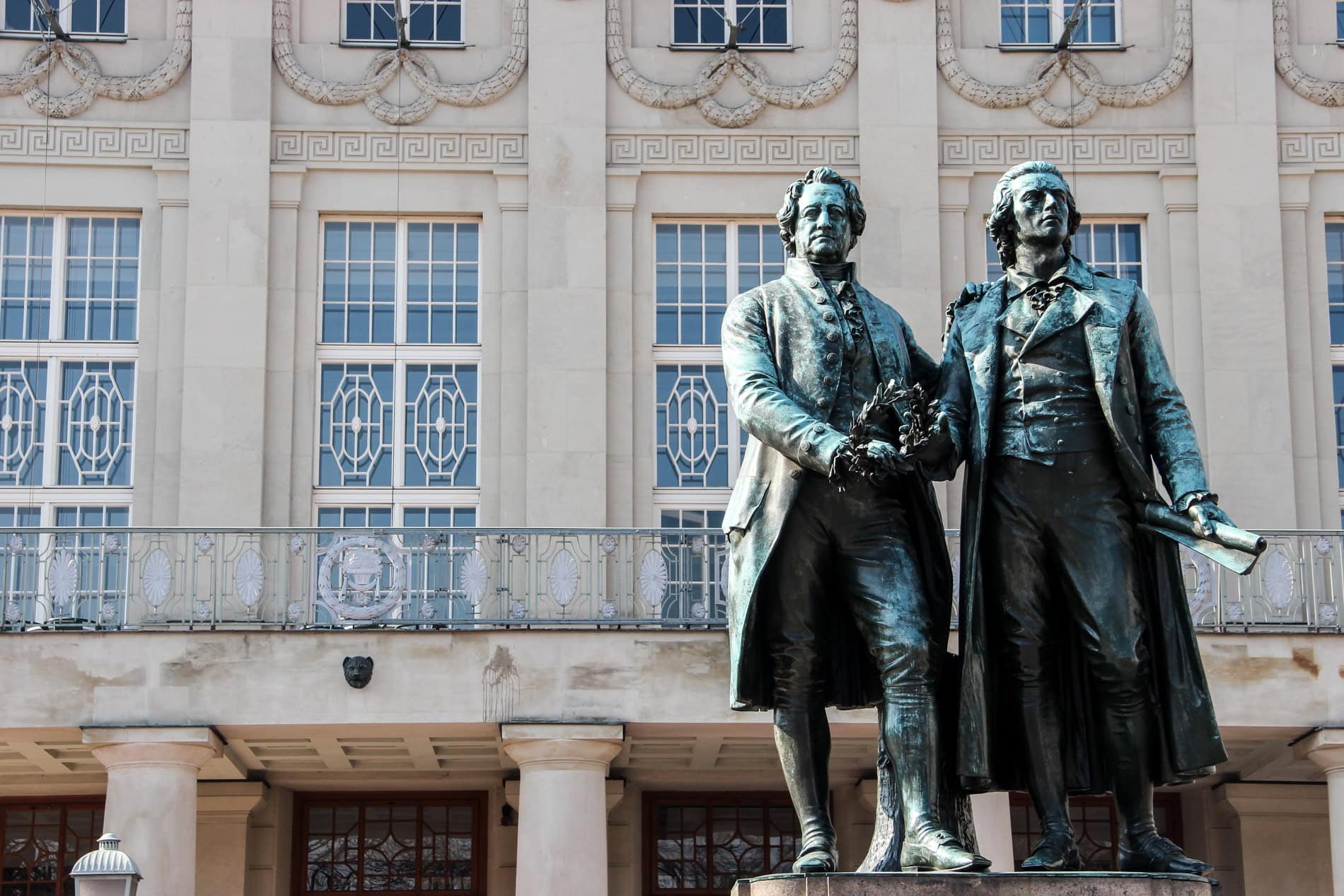
Goethe and Schiller Statue in Weimar centre.

Weimar Bauhaus Museum.
Weimar History – War and Politics
Such cultural acclaim was both Weimar’s downfall, as well as its saving grace after its entanglement in war and politics.
It was in Weimar that Germany’s first democratic constitution was drafted after the First World War – the period between 1918 and 1933 referred to as the Weimar Republic. A favourite of Adolf Hitler because of its large cultural heritage and atmosphere, it later became an early centre of Nazism and a place idolized in Nazi propaganda and caught up in its devastation – the Buchenwald Concentration camp being minutes away from the city.
Then came heavy damage to historical buildings during bombing raids in 1945, before becoming the capital of the Thuringia state by the East German government in 1948. Its cultural persona was lost; it became nothing more than a well-positioned East German city and the site of one of the Soviet army’s main headquarters.
Importance of Weimar Heritage
However, Weimar’s long-established heritage sealed its future rebuild and saved it from the full destruction that could have wiped its heritage off the map for good.
Not only was more money invested in the city’s upkeep during the Soviet-occupied years (it remained in better condition than most of its East German neighbours), but after German Reunification in 1990, Weimar was lucky enough to receive significant funding to restore it to its former brilliance.
Today, the preserved city has 16 UNESCO World Heritage sites relating primarily to its classical and more contemporary (Bauhaus) architecture. Luckily, only one Soviet apartment block remains. Weimar is, quite simply, a picture-perfect city. It’s best seen on a walking tour of the old town highlights with a local, who can point out the smaller details you might otherwise miss and put context to the timeline.
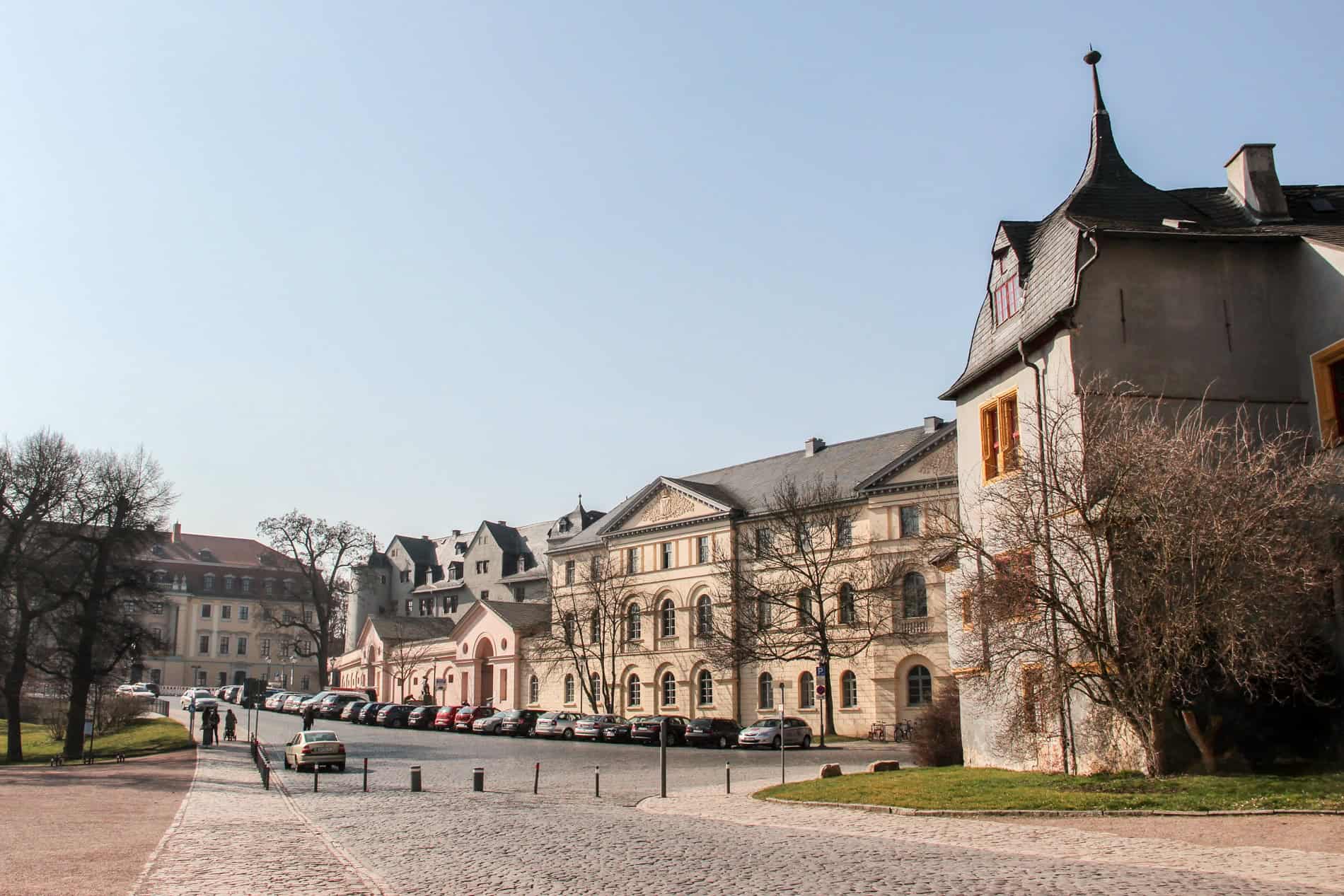
The baroque Gelbes Schloss (Yellow Castle) – part of the historic castle complex in Weimar.
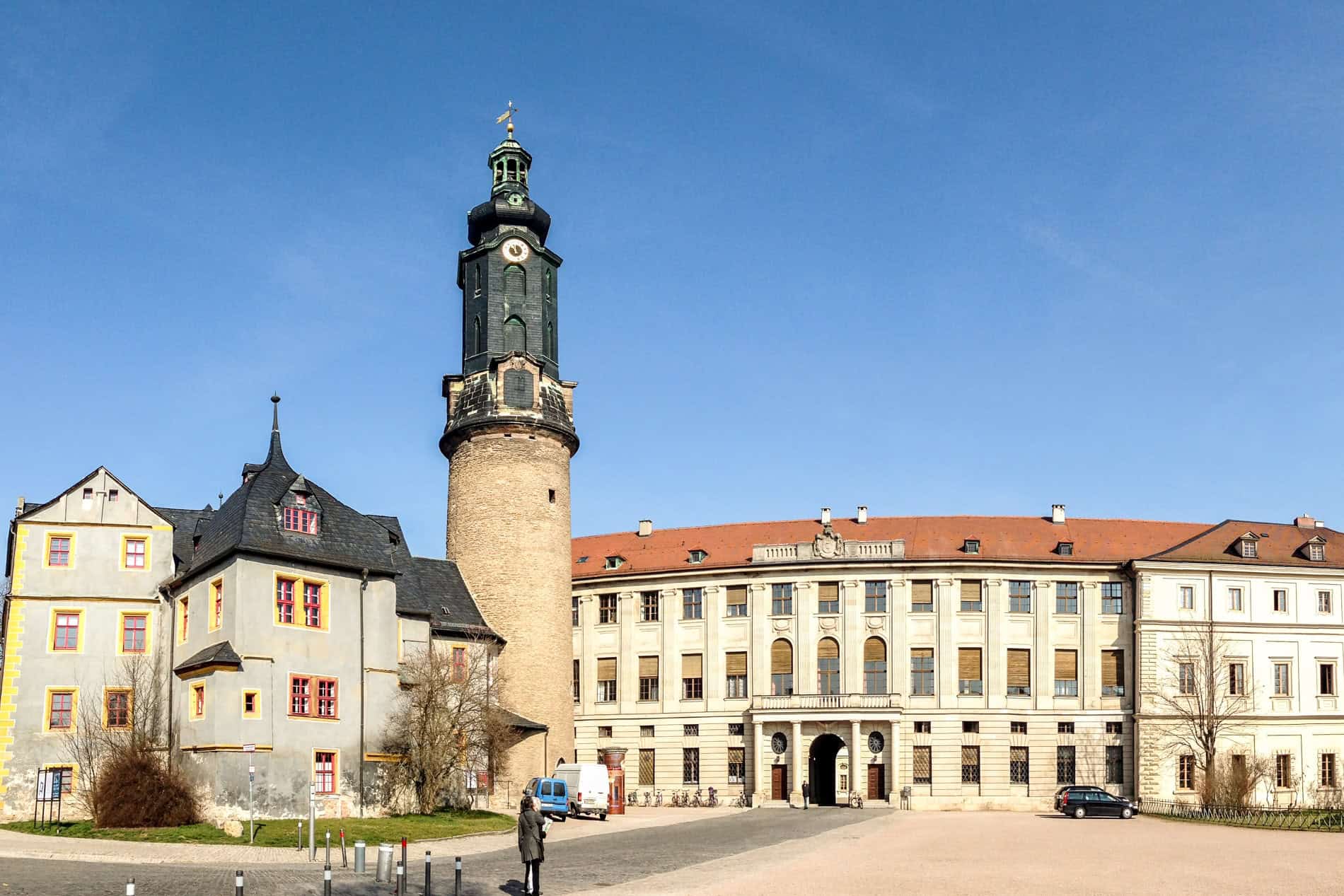
Weimar Stadtschloss (City Castle).
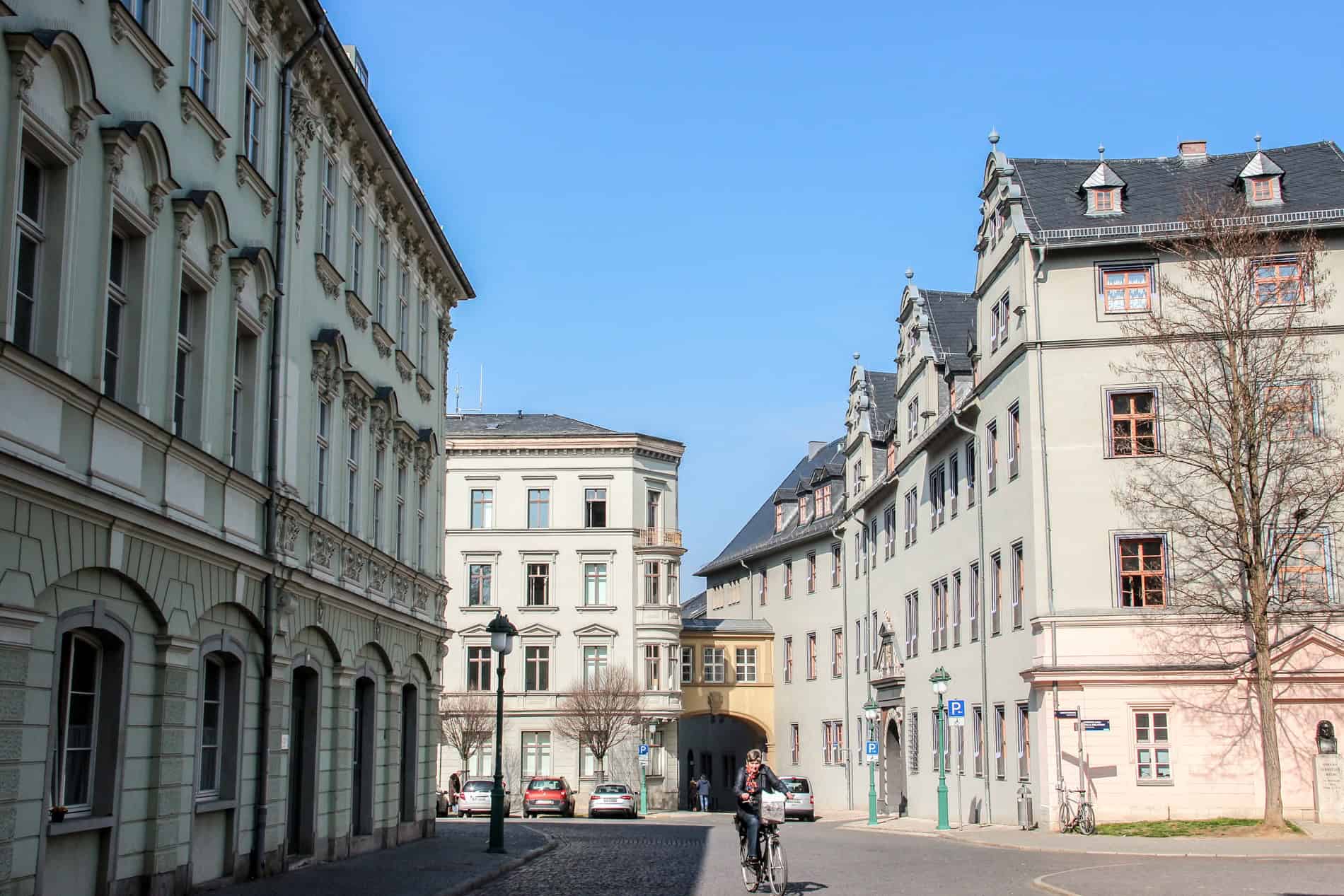
Rotes Schloss, part of the Weimar city palace.
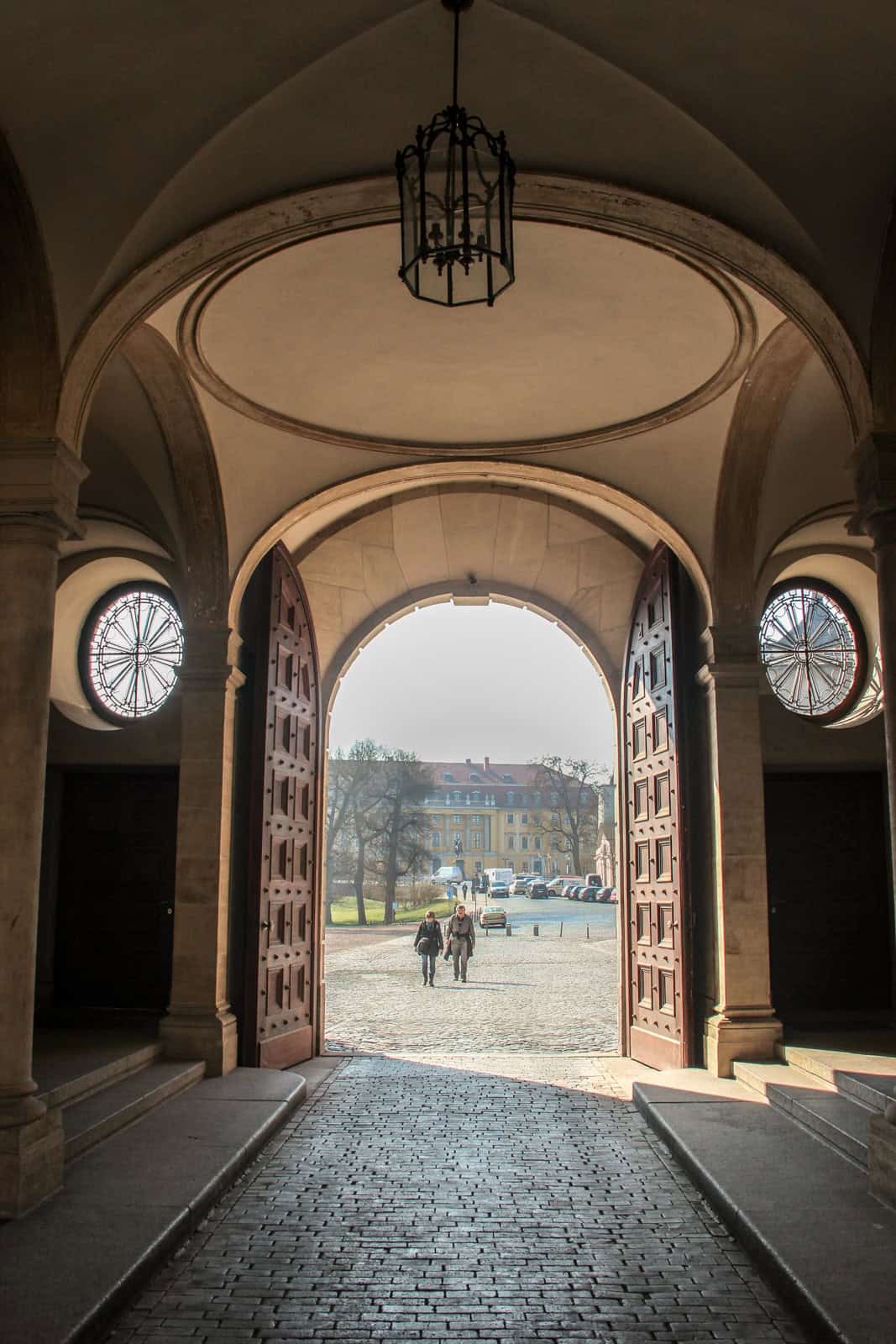
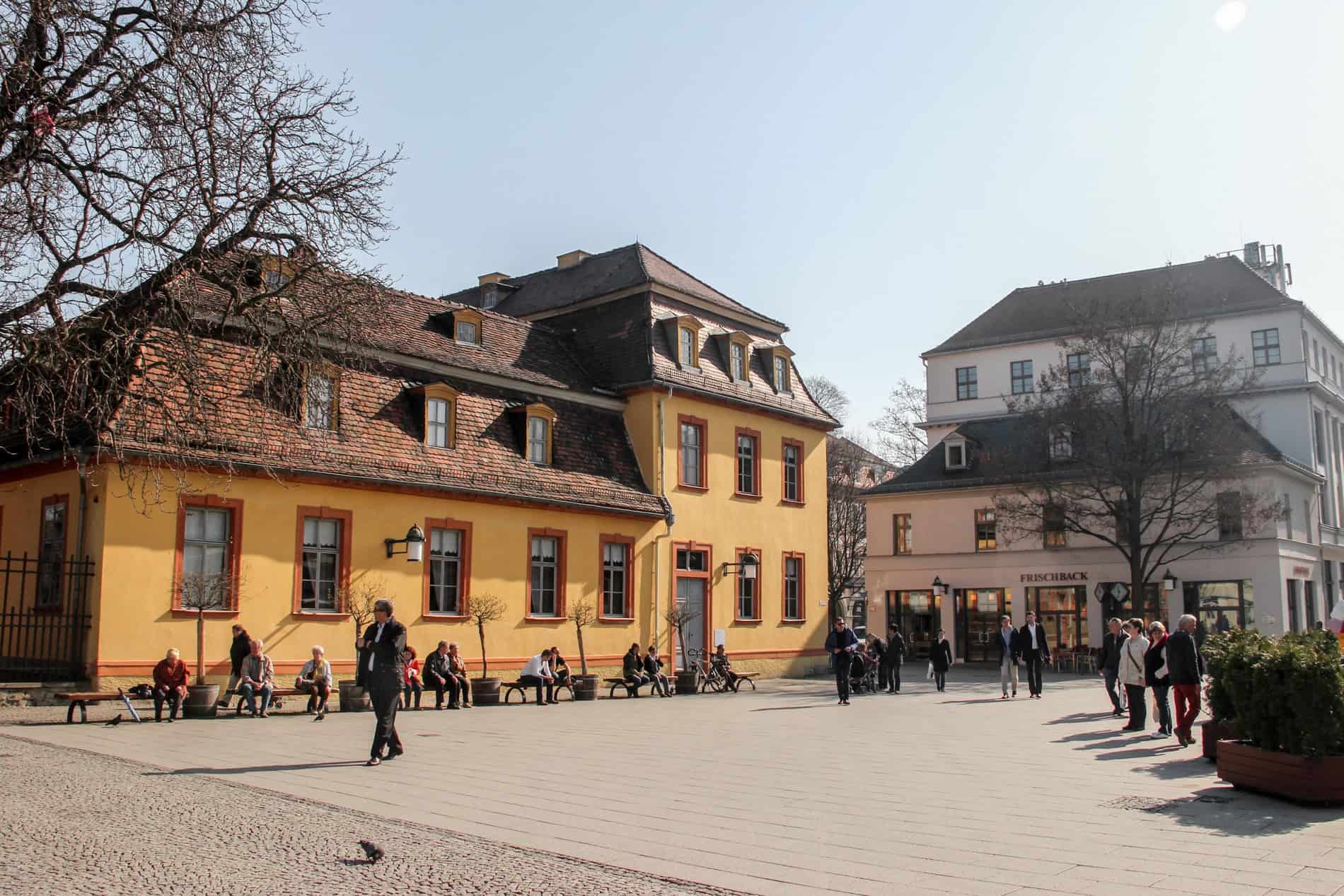
The historic Dower Palace in Weimar city.
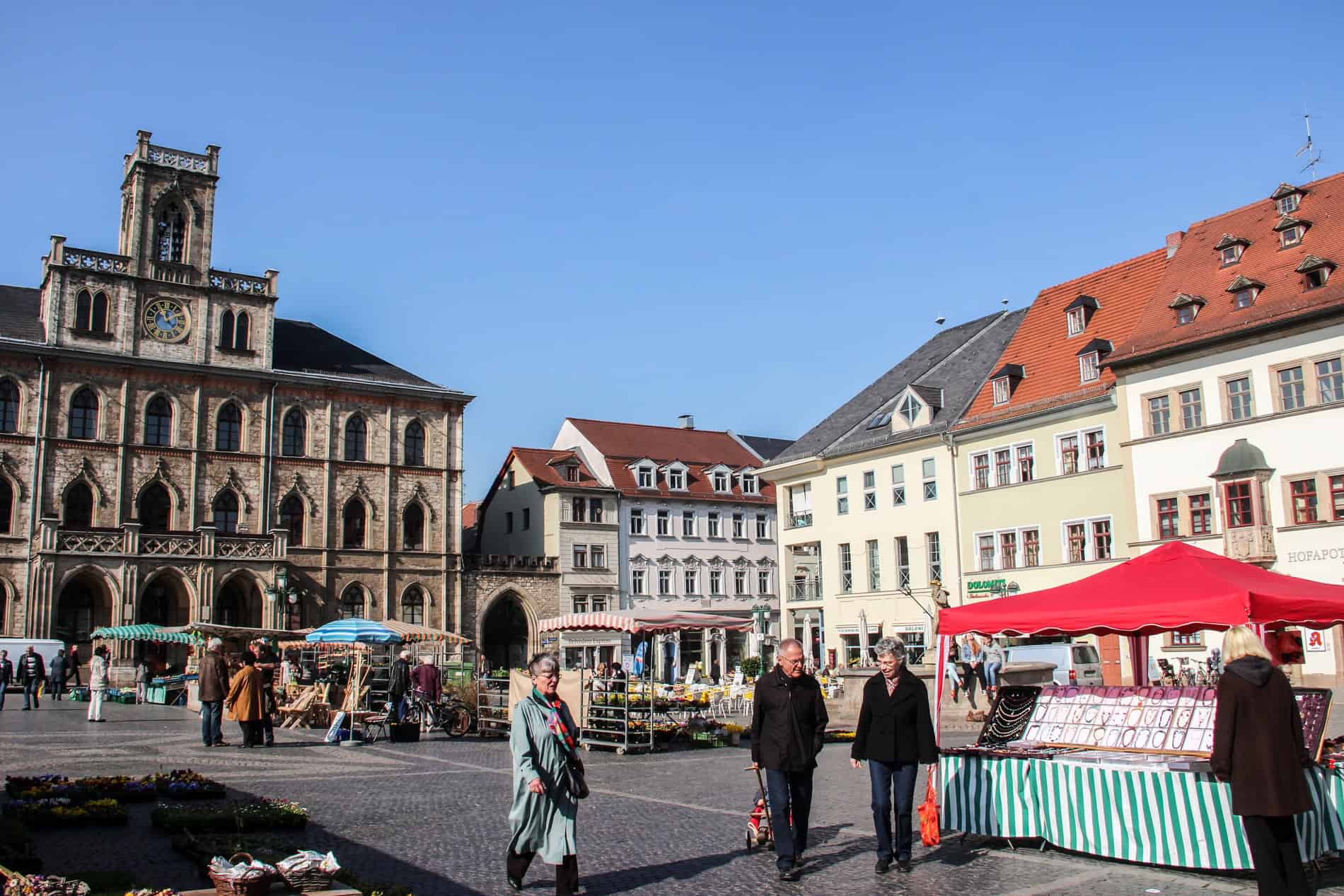
Rathaus Markt (Town Hall Market) in Weimar.
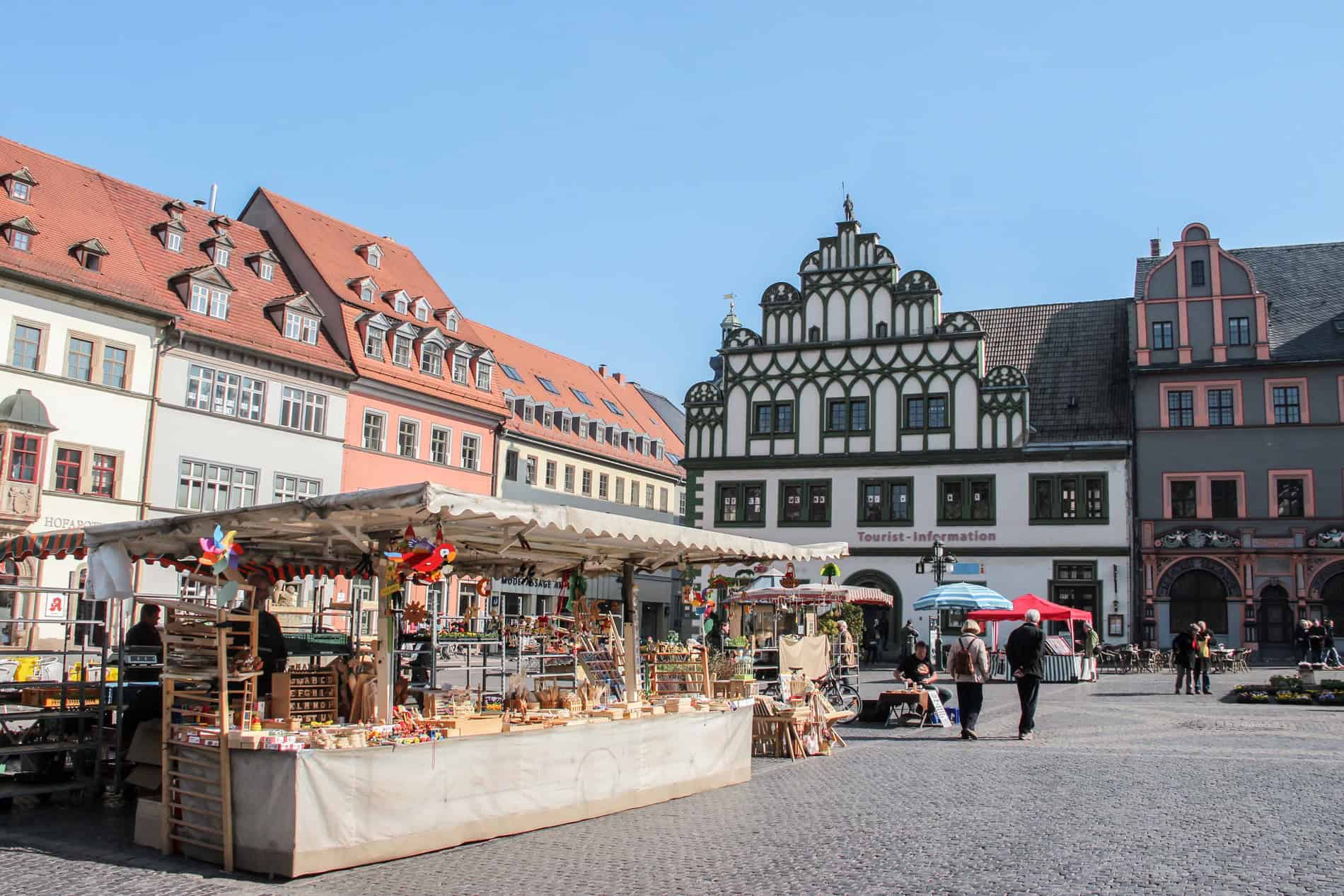
Marktplatz, Weimar Market Square.

Visit the Goethe National Museum Weimar for a display of the life and work of Johann Wolfgang von Goethe.
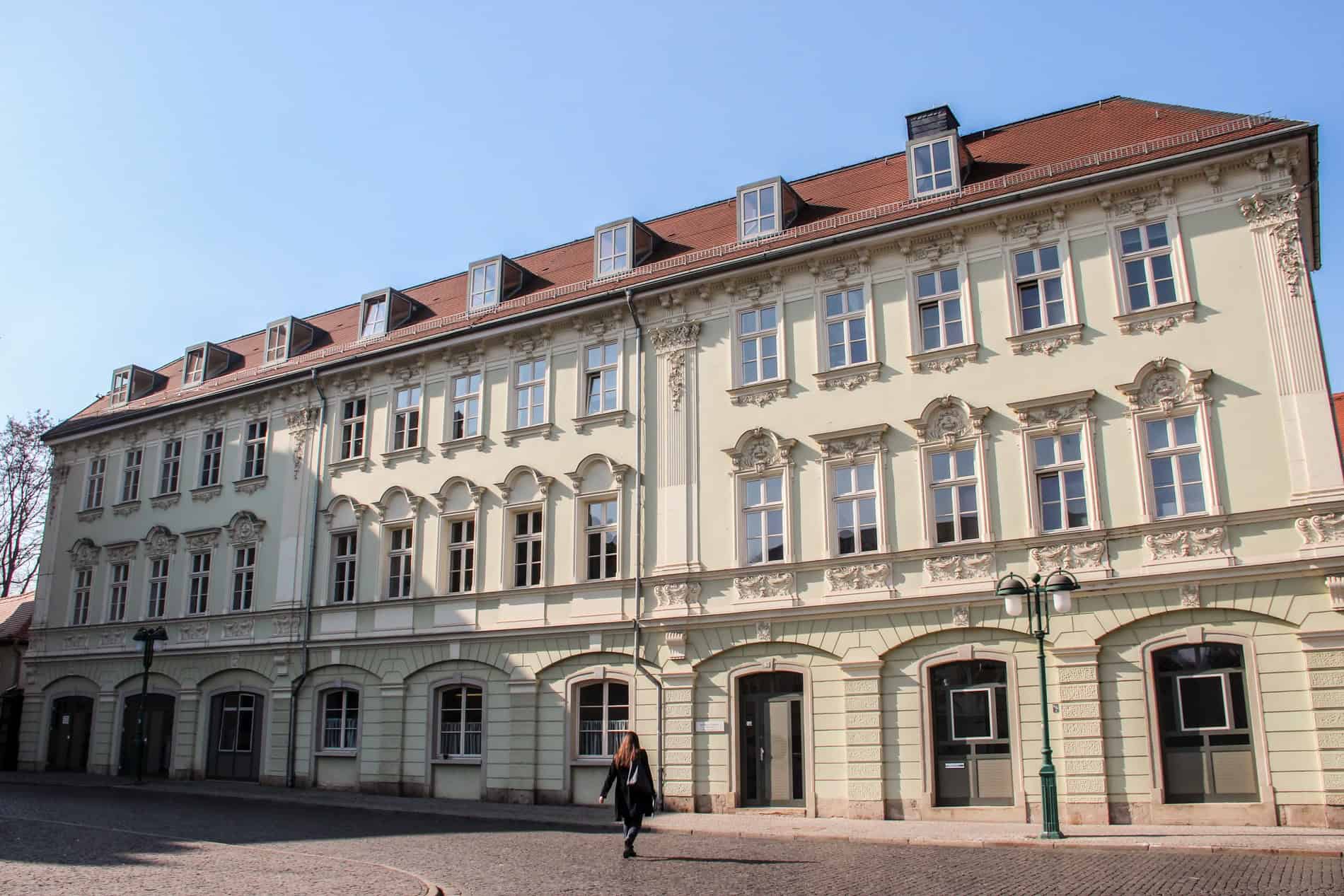
University of Music Franz Liszt, Weimar.
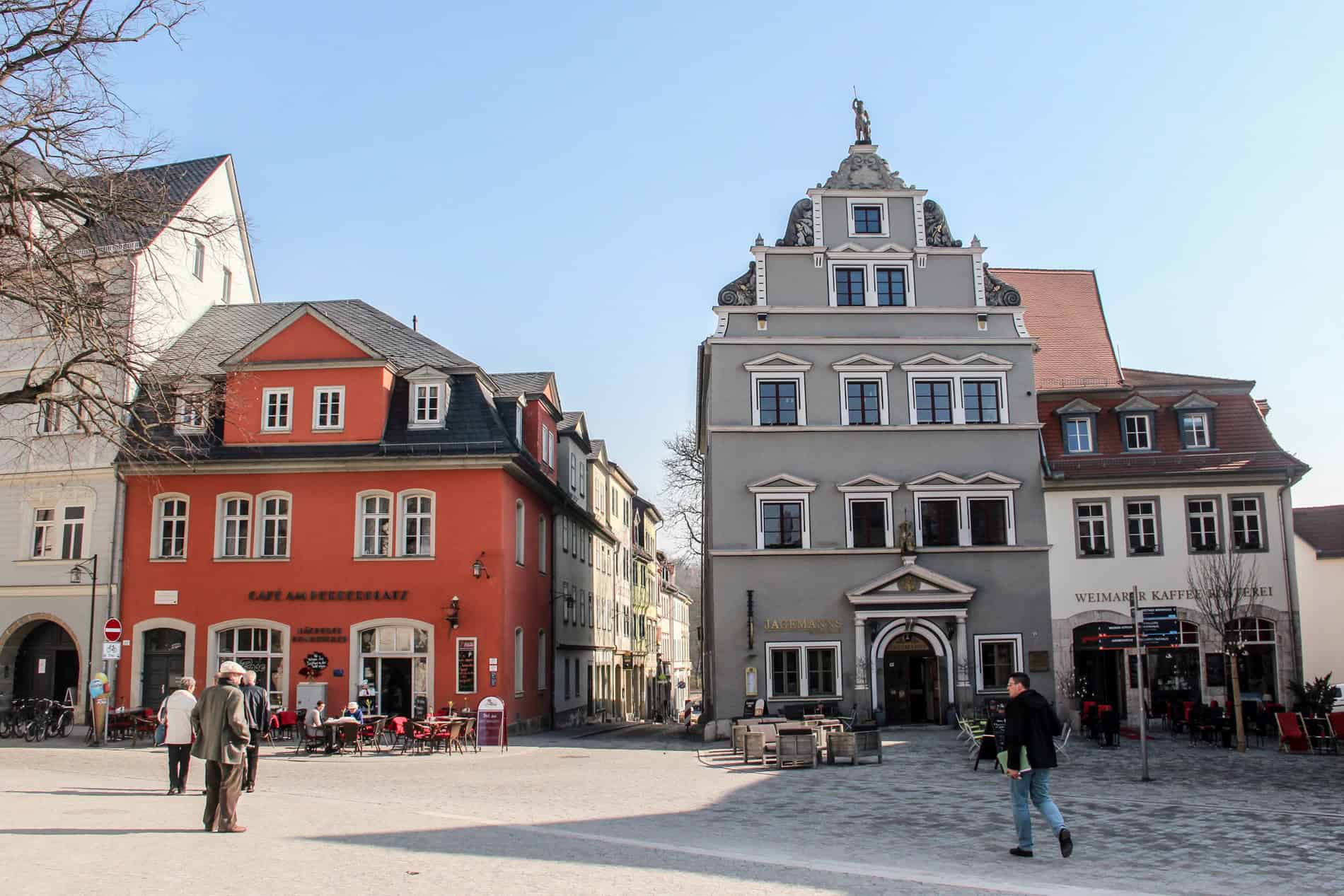
Weimar historic centre.
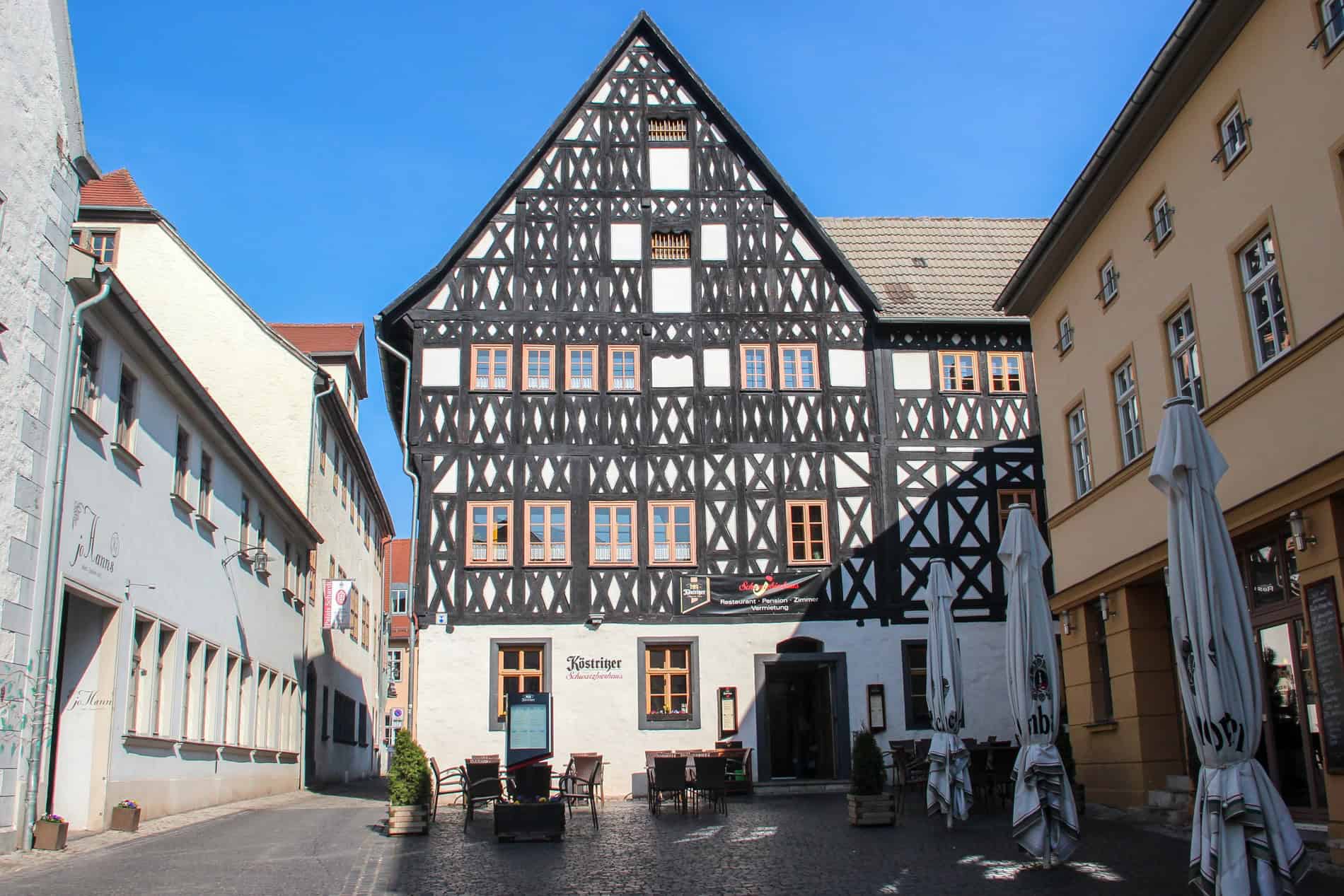
Geleitschenke – Weimar’s traditional Thuringian restaurant.
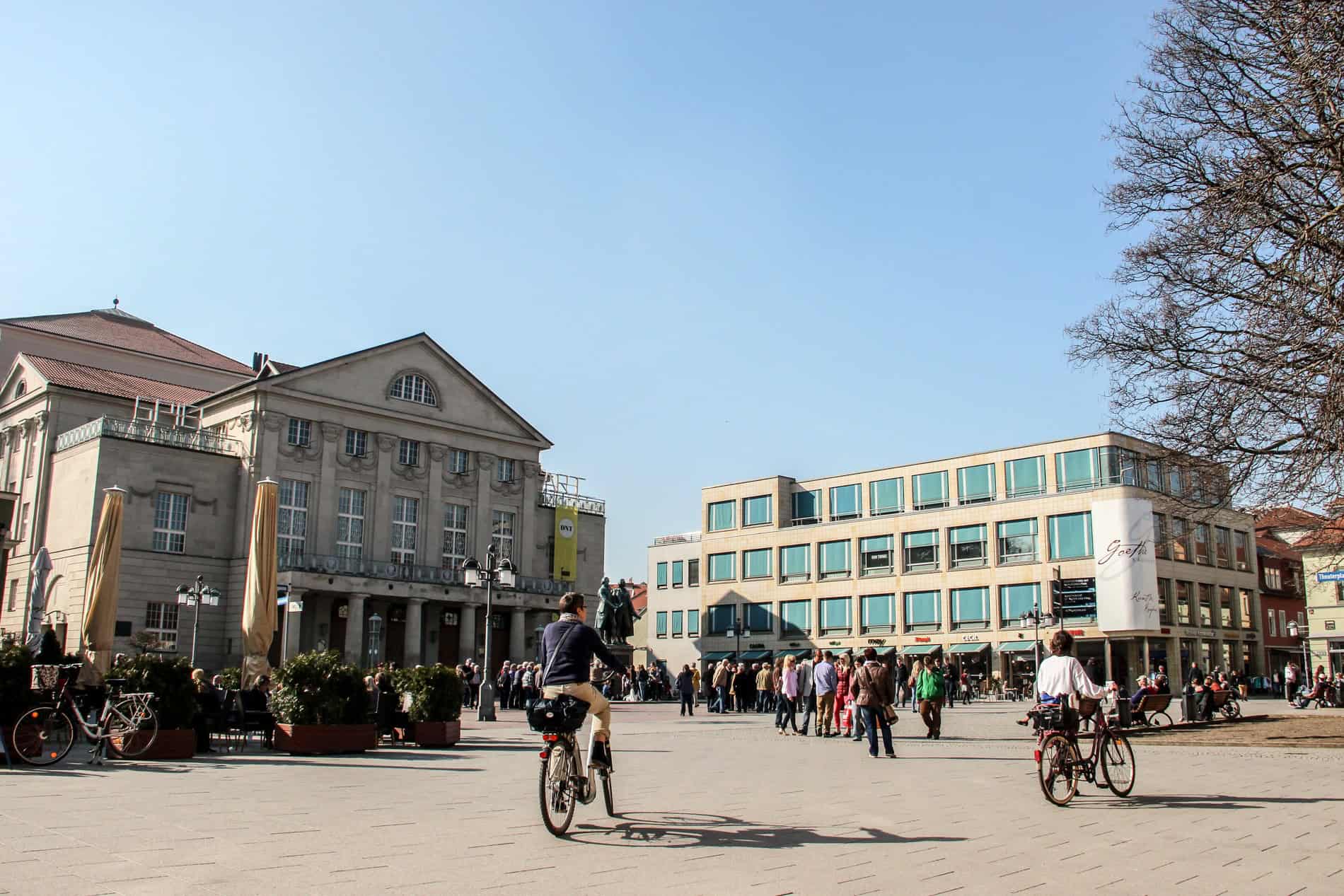
The Nationaltheater Staatskapelle in Weimar, opened in 1906.
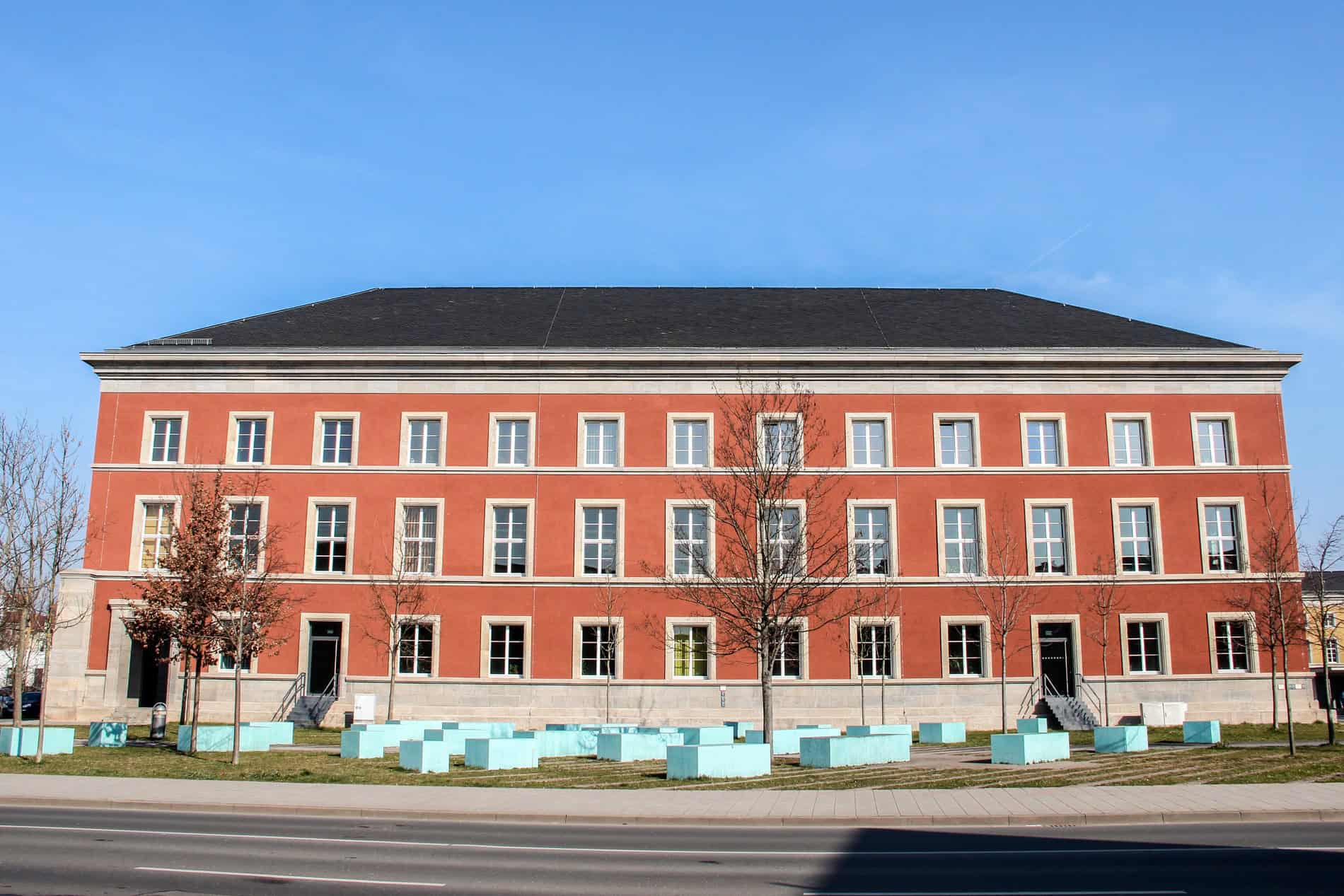
The former Gauforum in Weimar is the remaining example of National Socialist architecture.

Goethes Gartenhaus in Weimar.

Nature in Weimar in Park an der Ilm.
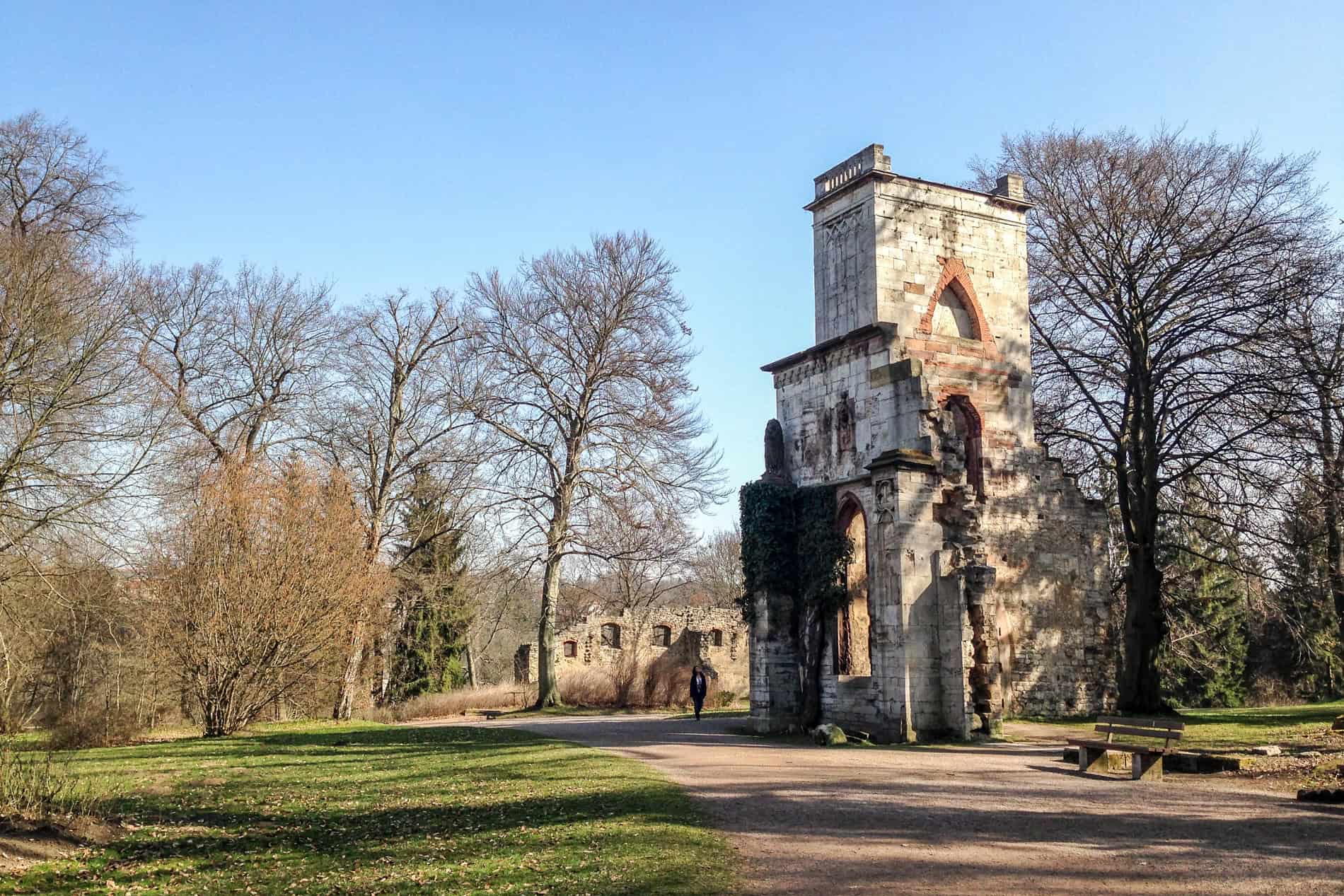
The ruins of the former venue space, Tempelherrenhaus in Weimar.
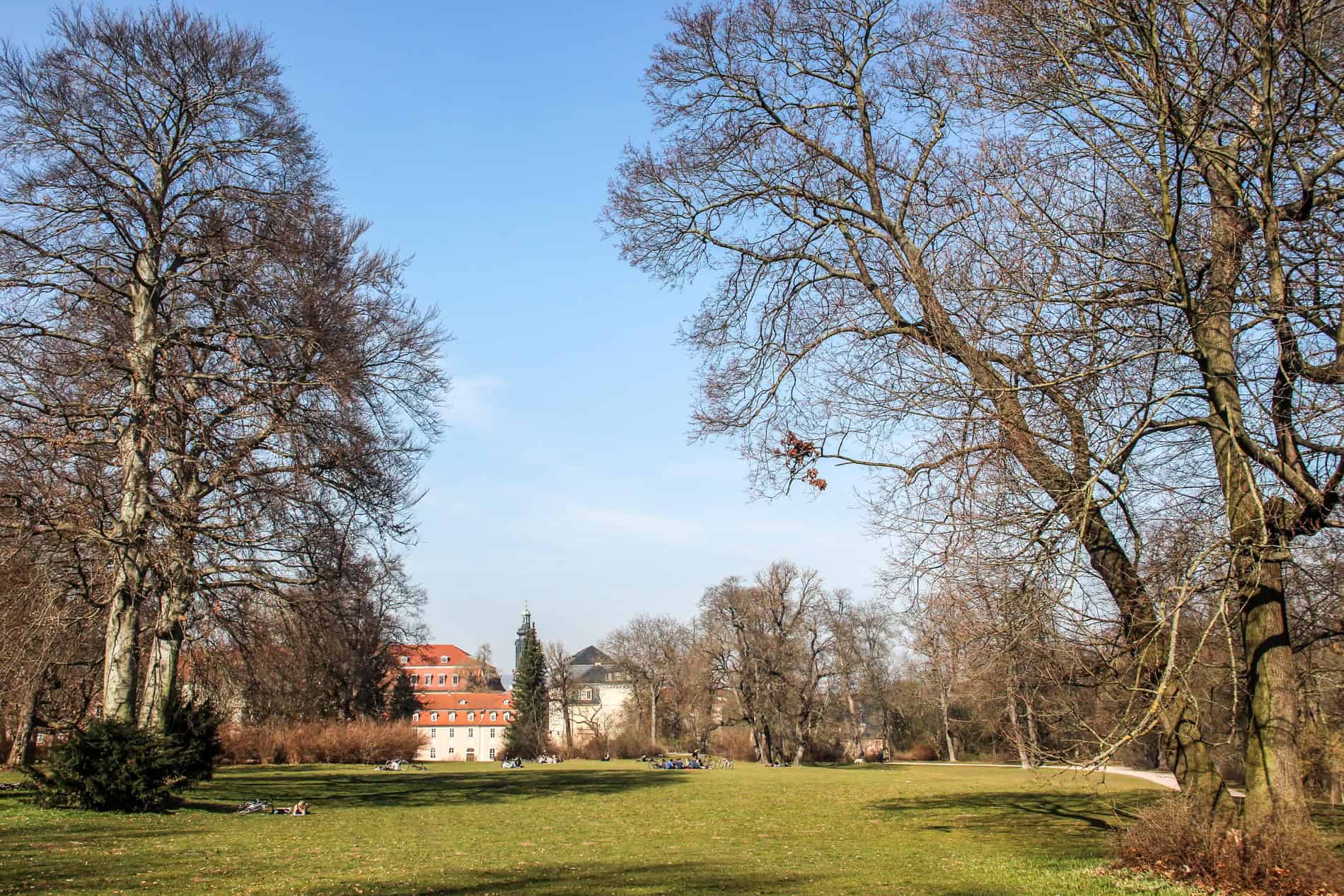
The vast greens pace of Park an der Ilm.
Top Tips for Visiting Weimar
Getting there: Weimar is a 15-minute bus or train journey from Erfurt, the capital of the green state of Thuringia, an easily accessible and budget day trip. A single ticket costs approximately €6. Check dates and prices with Omio.
Getting around: Weimar’s old town is accessible on foot, though nine city bus links cover the city.
Where to stay: If you plan to overnight, opt for a classic stay in a historic building, like the rooms in Altstadt Palais, which mix contemporary trims with antique furniture.
Places to Visit in Former East Germany
Weimar was the last stop on my ‘Fall of the Wall’ trip to former East German towns and cities, which examined modern Germany and how it’s changed since reunification. Why not combine your trip to Weimar with one of these destinations and see how the towns and cities are today?
- Trip to Potsdam – The reinvented city after Cold War closure.
- Things to Do in Erfurt – Stunning restoration after Socialist rule.
- What to Do in Leipzig – Urban reinvention in the stylish city.
- What to do in Dresden – The trendy, historical city.
The post What to See in Weimar, Germany – Complex History and Cultural Acclaim appeared first on Borders Of Adventure.

